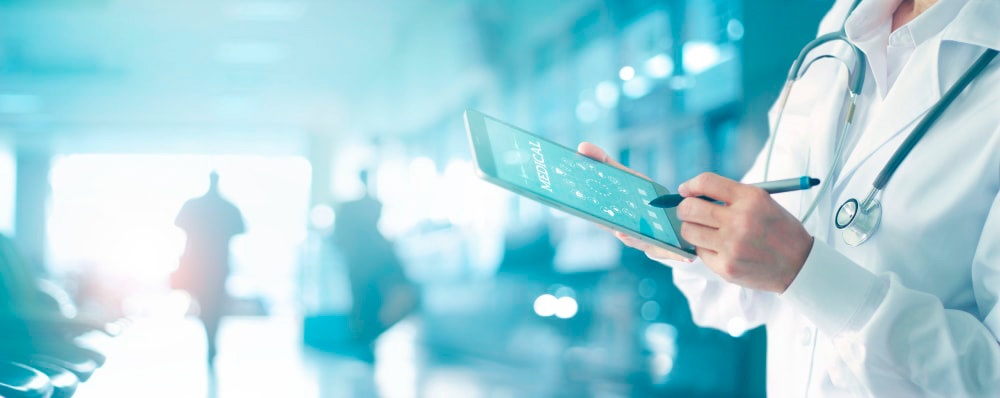
Patient localization technology as a tool to enhance the experience
The use of patient localization to reshape their circulation and thus make their experience smoother and more satisfying is gaining ground in ambulatory care.
RTLS technologies, which makes it possible to locate a beacon in real time, are increasingly used within health organizations. Indeed, when applied to patients and/or professionals, they allow us to know precisely, and in real time, the location of each one. It is thus possible to deduce precise flows, waiting times, interactions… All these data are a source of precise and valuable information for understanding an institution’s functioning. Analyzing them tells us the duration of the main activities, the tendencies of use, where bottlenecks are, etc. These data in turn help identify areas for improvement and transformation paths. Thus, the use of RTLS technology can improve workflow and traffic flow, generating a positive impact on patient experience. The most common uses of this technology are:
• Self-rooming: the tool alerts staff when patients have arrived and are ready to be seen. This helps reduce the time spent by patients alone in an examination room, which reduces the stress of waiting and improves the quality of interactions.
• Dynamic scheduling: The tool identifies empty spaces (where no one is located) and triggers visual cues to indicate available rooms, which helps to rationalize use of space. The technology also shows the exact location of patients, as well as staff with whom the interaction has already taken place, and those who have not yet seen the patient. These visual cues contribute to a more organized and productive visit for patients, because each interlocutor knows where he is in his path.
• Asset tracking: equipment tracking is perhaps the most common use of RTLS in acute care. Monitoring real-time locations of mobile devices, such as ECGs, etc., reduces the time spent on research and ensures that the right equipment is in the room when the patient arrives.
• Exposure to contagion: by automatically documenting the interactions between patients and staff, RTLS makes it possible to quickly see which individuals have been exposed to a contagious person and for how long. Thus, the implementation of appropriate measures (identification, confinement, etc.) is faster and more rigorous and contributes to reducing the exposure of other staff members and patients.
• Process improvements: RTLS technology helps managers identify inefficiencies, but also monitors the implementation of new processes, tracking transformations with measurable metrics and benchmarks.
In the context of ever-increasing care-to-value orientation, where the importance of patient experience throughout the care journey is recognized everywhere, RTLS technology is a valuable tool for creating a better patient experience.
Jeanne Kraimer, “Using patient flow technology to enhance the patient experience”, in HealthLeaders, February 2019. Available at: https://www.healthleadersmedia.com/clinical-care/using-patient-flow-technology-enhance-patient-experience




